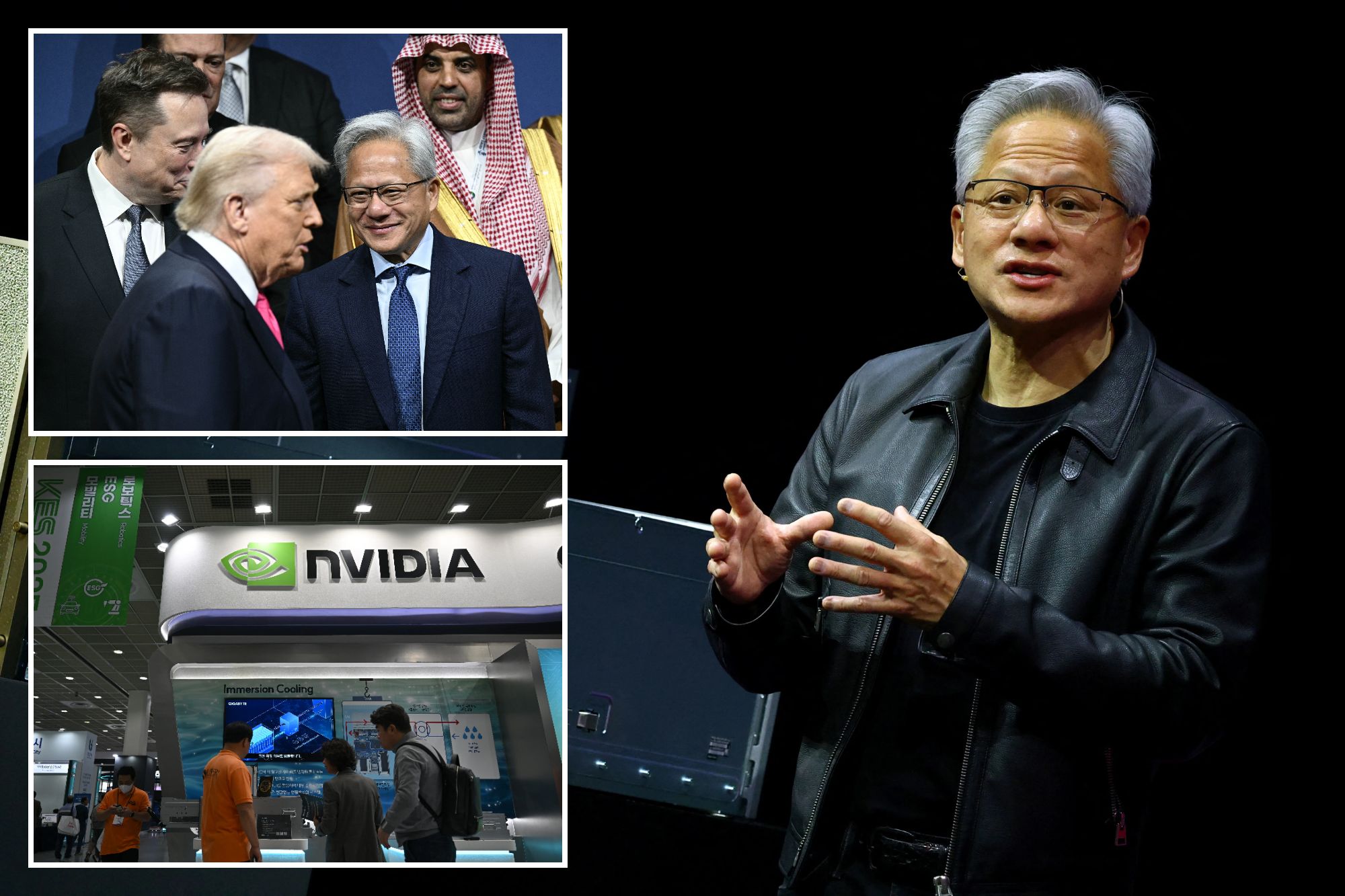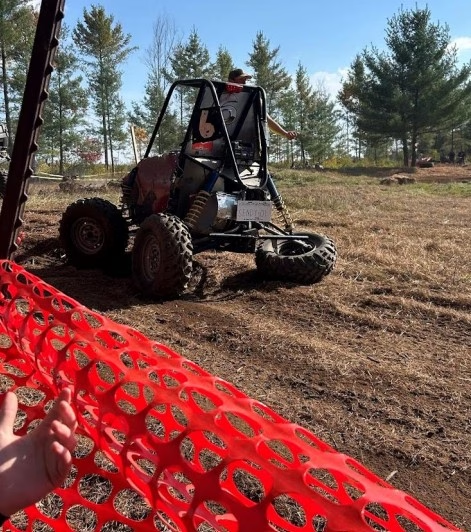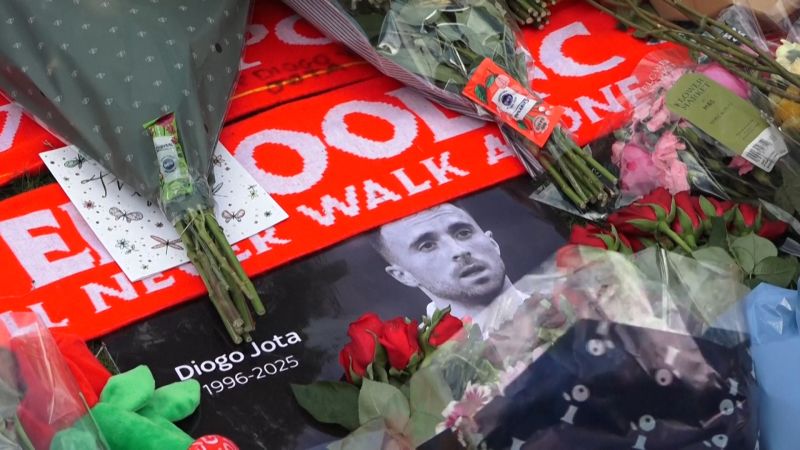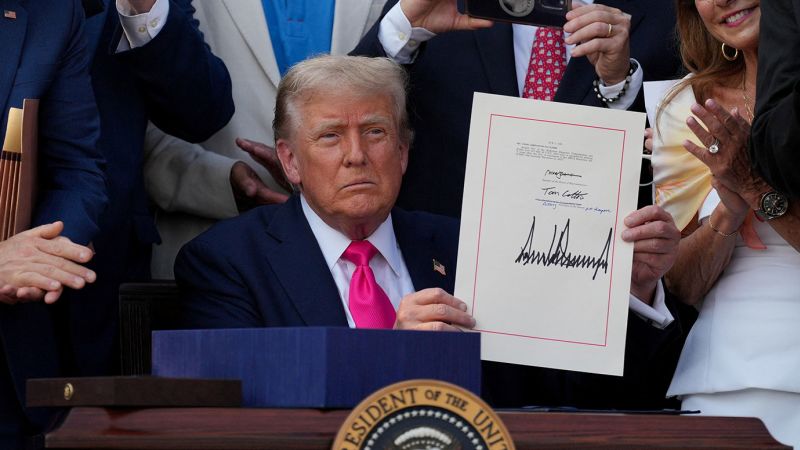Embracing Cultures: A Bride’s Journey to a Multicultural Wedding
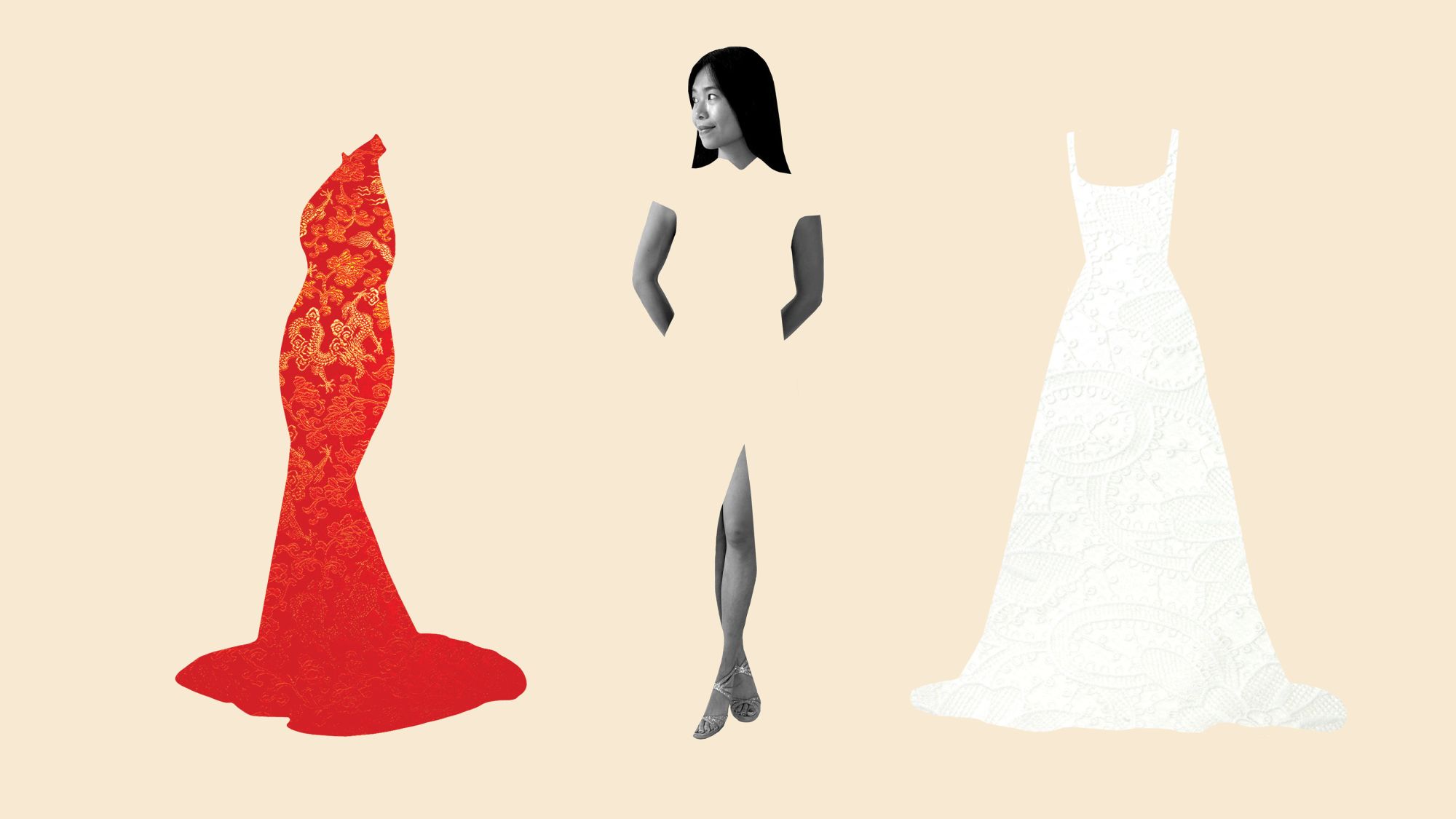
Planning for a multicultural wedding can present unique challenges, as one bride discovered while navigating her own wedding preparations. After a small civil ceremony in London, she aimed to hold a more traditional celebration in her family’s home city of Hong Kong. This journey involved not only selecting the perfect wedding attire but also embracing the cultural diversity inherent in her relationship.
Reflecting on her mother’s wedding day in the 1980s, the bride recalls a cherished photograph featuring her mother in an elegant, mandarin orange gown. This striking choice, which deviated from conventional norms, was a blend of Western and Chinese designs, showcasing her mother’s desire to honor her identity. The bride felt inspired by this legacy but faced her own set of challenges as she sought to create a wedding that represented her multicultural background.
The bride’s fiancé is White and British, marking a significant shift as she becomes the first in her family to settle in the UK. Together, they approached their wedding planning with the intention of celebrating both of their heritages. Nonetheless, the process quickly became overwhelming. Questions about attire flooded her mind: Should she opt for a traditional cheongsam (qipao), a white dress, or perhaps a combination of both?
Searching online for options only added to her anxiety. She found it challenging to locate bridal shops in London that featured contemporary Chinese designs, despite the city’s vibrant Asian community. This struggle is echoed by others in similar situations. Jenn Qiao, co-founder of the US-based bridal brand East Meets Dress, launched her company after her own difficulty in finding a modern cheongsam. “The choices seemed to be dealing with sketchy sellers on Alibaba or impatient grannies in Chinatown,” she stated.
Qiao’s experience sparked a mission to create modern styles that blend ethnic heritage with contemporary fashion. Her brand now caters to a growing number of requests for “fusion” gowns, highlighting the increasing demand for designs that honor diverse backgrounds.
Bridal designers like Qipology in Hong Kong are also adapting. They offer a variety of cheongsam styles that prioritize comfort and modern aesthetics, incorporating features like zippers instead of traditional buttons. Founder Julie Liu emphasizes that modernization is about enhancing the qipao experience without compromising personal comfort.
Another designer, Grace Pei from Jinza Oriental Couture, noted that over 90% of her clients are in interethnic relationships. “I realized that everyone wants to honor their heritage, but nobody knows how,” she explained. Pei recommends including cultural symbols and traditions in weddings, such as tea ceremonies and traditional lion dances.
As the bride navigated her own choices, she recognized that her concerns extended beyond the dress itself. They embodied her identity in a mixed marriage and the pressures of assimilation. Recent societal tensions surrounding East Asian women marrying outside their race added to her anxiety.
The couple faced multiple decisions about their wedding that could potentially cater to both families, each with distinct cultural expectations. Should they serve traditional Chinese food or Western cuisine? How would they integrate the tea ceremony? These choices weighed heavily on the bride, who sought to ensure both families felt included and respected.
Despite these challenges, the bride found comfort in the support of her fiancé, who reassured her that their families would celebrate their union on the special day. Discussions with friends who had similar experiences provided additional reassurance. One friend, married to an Italian, voiced her own concerns about cultural representation, emphasizing the importance of being seen as individuals rather than symbols of interethnic marriage.
Ultimately, the bride decided to honor both her Chinese and Western heritage through her wedding attire. She and her fiancé selected several outfits, reflecting their diverse backgrounds. In London, she found a delicately embroidered white dress that she planned to wear for their reception. Her father gifted her fiancé an old tuxedo for the ceremony, and her sister encouraged her to rent a vibrant red party dress for the karaoke segment, blending both cultural elements and personal flair.
On the day of the wedding in Hong Kong, the couple participated in a traditional tea ceremony, wearing rented qun kwa outfits. The bride donned a high-collared red jacket adorned with intricate phoenix embroidery, while her partner wore a matching Tang suit. Surrounded by family, the bride felt a deep sense of belonging and connection to her heritage.
In that moment, as her mother watched with tears of joy, the bride realized she had successfully merged her cultural identities. “You look beautiful,” her mother mouthed, and in that instance, the bride felt truly radiant. The wedding became a celebration of love, respect, and the blending of two cultures, marking a significant milestone in their journey together.

